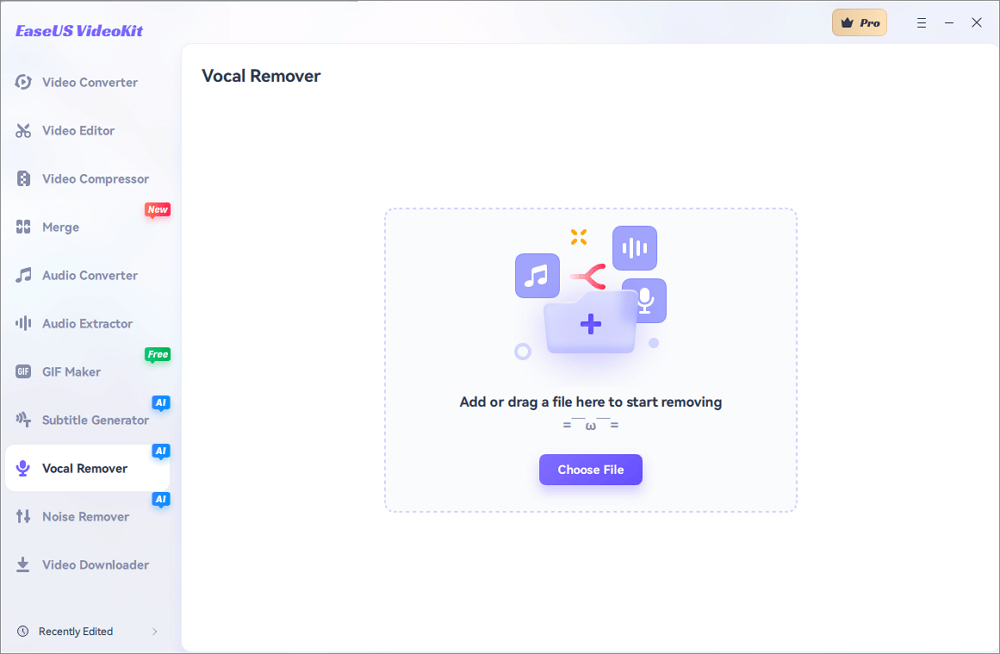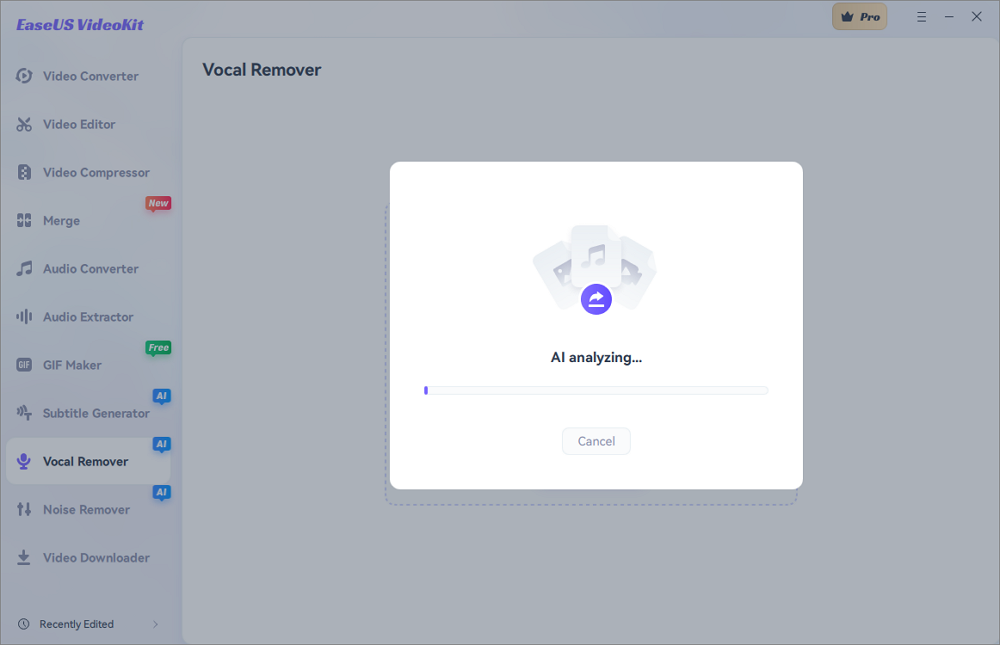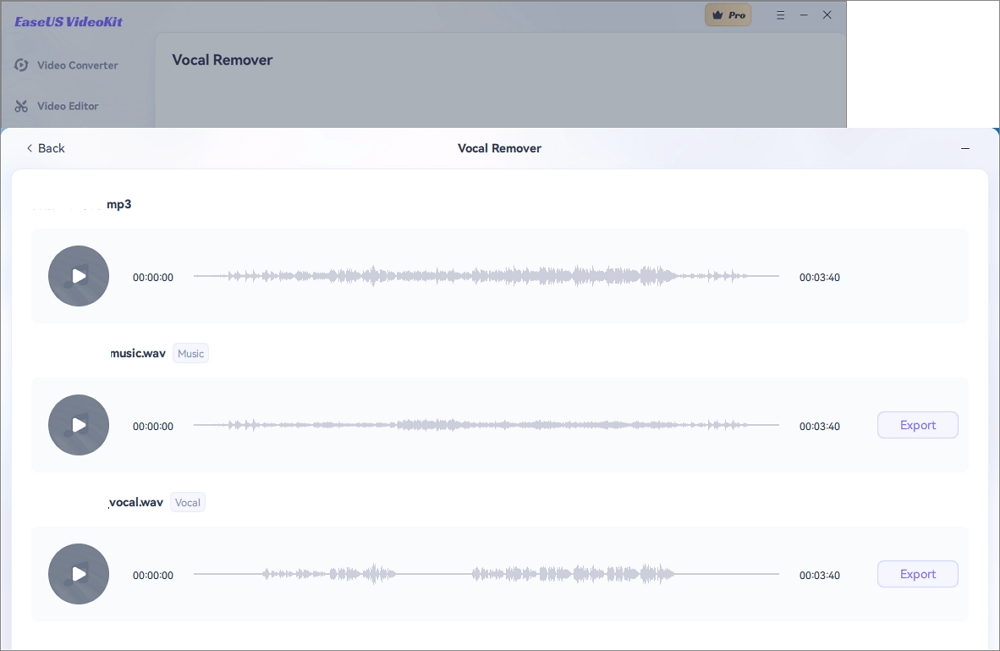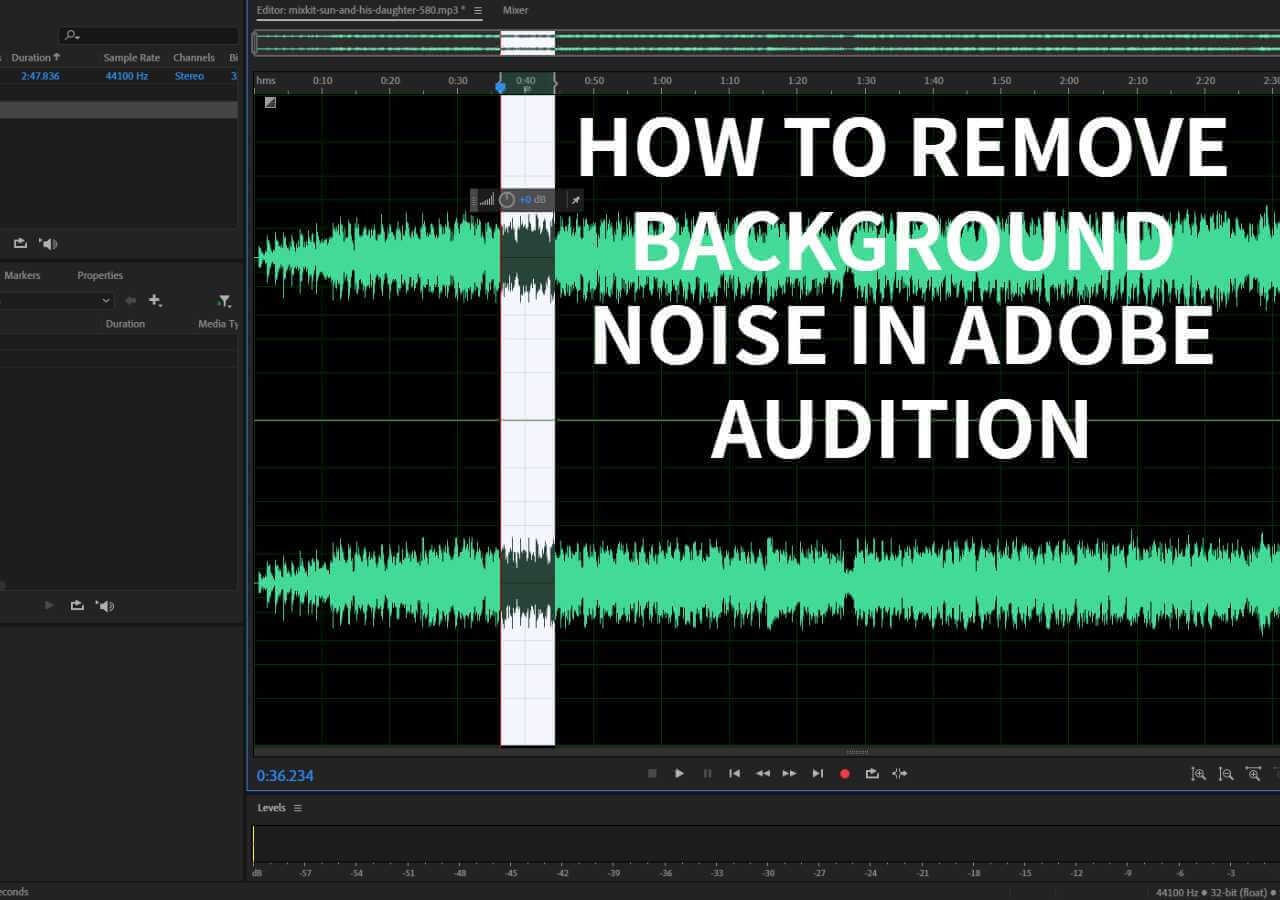-
![]()
Daisy
Daisy is the Senior editor of the writing team for EaseUS. She has been working in EaseUS for over ten years, starting from a technical writer to a team leader of the content group. As a professional author for over 10 years, she writes a lot to help people overcome their tech troubles.…Read full bio -
Myra joined EaseUS in 2017. As a big fan of Apple products, she mainly focuses on iOS data transfer and iOS troubleshooting tips. Meanwhile, she is expanding her knowledge and skills in other fields like data recovery and disk management. Myra is open-minded and likes both extensive and intensive reading. Other than reading and writing, she is also fond of mobile games and K-pop stars.…Read full bio
-
![]()
Sofia Albert
Thank you, dear reader, for taking the time to read my articles and for visiting the EaseUS website. I hope you find my articles are helpful. Have a nice day!…Read full bio -
Jane is an experienced editor for EaseUS focused on tech blog writing. Familiar with all kinds of video editing and screen recording software on the market, she specializes in composing posts about recording and editing videos. All the topics she chooses are aimed at providing more instructive information to users.…Read full bio
-
![]()
Melissa Lee
Melissa is a sophisticated editor for EaseUS in tech blog writing. She is proficient in writing articles related to multimedia tools including screen recording, voice changing, video editing, and PDF file conversion. Also, she's starting to write blogs about data security, including articles about data recovery, disk partitioning, data backup, etc.…Read full bio -
Jean has been working as a professional website editor for quite a long time. Her articles focus on topics of computer backup, data security tips, data recovery, and disk partitioning. Also, she writes many guides and tutorials on PC hardware & software troubleshooting. She keeps two lovely parrots and likes making vlogs of pets. With experience in video recording and video editing, she starts writing blogs on multimedia topics now.…Read full bio
-
![]()
Gorilla
Gorilla joined EaseUS in 2022. As a smartphone lover, she stays on top of Android unlocking skills and iOS troubleshooting tips. In addition, she also devotes herself to data recovery and transfer issues.…Read full bio -
![]()
Jerry
"Hi readers, I hope you can read my articles with happiness and enjoy your multimedia world!"…Read full bio -
Larissa has rich experience in writing technical articles. After joining EaseUS, she frantically learned about data recovery, disk partitioning, data backup, multimedia, and other related knowledge. Now she is able to master the relevant content proficiently and write effective step-by-step guides on related issues.…Read full bio
-
![]()
Rel
Rel has always maintained a strong curiosity about the computer field and is committed to the research of the most efficient and practical computer problem solutions.…Read full bio -
![]()
Gemma
Gemma is member of EaseUS team and has been committed to creating valuable content in fields about file recovery, partition management, and data backup etc. for many years. She loves to help users solve various types of computer related issues.…Read full bio
Page Table of Contents
0 Views |
0 min read
PAGE CONTENT:
A question like how to remove breathing from audio in OBS arises when people are recording or streaming. If you're looking to enhance the quality of your audio recordings in GarageBand by eliminating unwanted breathing, you're in the right place. Breathing noises can sometimes distract from the desired audio content, but with the powerful editing tools available in GarageBand, you can effectively reduce or remove them.
In this guide, we will explore techniques and steps to help how to remove breathing from the audio in GarageBand. With a little bit of editing know-how, you can achieve cleaner and more polished audio results.
| Methods | Steps | Reviews |
|---|---|---|
| Noise Gate | Basic: Set a noise threshold and tune-up. | Effective but need to adjust |
| Noise Gate Plug-Ins | Advanced: Add the plug-in and fine-tune. | Sophisticated and adjustable |
| Manual Way | Less recommended: Select each unwanted noise to cut off. | Time-consuming |
The Overview of GarageBand
GarageBand is a user-friendly digital audio workstation (DAW) developed by Apple for iPhone, iPad, and Mac users. It allows users to create, record, and edit music and audio projects. It provides a versatile platform for music composition, production, and podcast creation with features such as virtual instruments, loops, and effects.
It supports multi-track recording, MIDI sequencing, and audio editing, making it suitable for both beginners and professionals in the music industry.
This music production tool also has built-in vocal reduction and plug-ins to separate vocals from background noise, which deletes noises included in the song, like breathing, hiss, and environmental noise.
The latest GarageBand version is 10.4.8, so if you want to use it, you have to upgrade your iPhone/iPad to iOS 16 and macOS Monterey 12.3 and later for your Mac.
Cut off Breathing from Audio on GarageBand in 3 Ways
As the best vocal remover for Apple devices, GarageBand has numerous ways for reducing background noise, and we select 3 of the most common methods for your reference.
📴Get Rid of Breathing from Audio on GarageBand Using Noise Gate
Noise Gate in audio processing sets a threshold for the entire track's volume. This means that any audio that falls below the set threshold level will be reduced in volume.
It effectively reduces background noise during silent parts, however, if not set properly, it can cut off desired audio and create noticeable volume changes. Careful adjustment is necessary for optimal results.
Step 1. Select the target audio track and press b to start the smart controls.

Step 2. Click a plug-in slot > "Dynamics" > "Noise Gate" > "Tighten Up" for presets.

Step 3. Add and customize "Compressor" from the plug-ins to bring up the undesired sounds.

Step 4. Tick the "Noise Gate" box.

Step 5. Adjust the noise gate bar to reduce the noise without affecting the sound. (Normally between -50dB and -15dB)

Spread the word and let others know about these incredible methods!
📱Clean up Breathing from Audio on GarageBand Using Plug-Ins
A popular free noise gate plug-in, Bob Perry Noise Gate, is available on Plugins4Free. It offers a more analog sound compared to GarageBand's basic noise gate. While it may be more challenging to use, it produces results aligned with professional recording studios' or artists' home setups.
To use this feature on iPhone/iPad, go to "Settings", scroll down to find GarageBand, and turn on "Enable iOS Effect Plug-Ins".
Step 1. Download and install the Bob Perry noise gate plugin.
Step 2. Press b to open the smart controls, and click "Audio Units" > "Bob Perry" > "BPA Noise Gate".
Step 3. Rotate the threshold (first knob) to the right (cut more) and left (cut less) between -25dB to -40 dB to find out the signal's volume.

Step 4. Set up the attack, hold, and release to 0.1MS (as fast as possible), and the range (last knob) to the maximum for complete noise removal.
- Notice:
- If you want a more natural-sounding noise gate, set a slower attack (about 7.7ms), hold, release, and the range to a reasonable midpoint. A slower attack takes longer to attach to the signal to avoid choppiness, and a more reasonable halfway point of range, hold, and release does not cut the sounds completely while avoiding chattering. There is no one-size-fits-all setting, just adjust to your satisfaction.
Step 5. Listen to the result and export it.
- Important
- Other plug-ins, such as Celemony's Melodyne 5, allow music producers to manually remove background noise. Melodyne 5 offers precise noise elimination and various features. For vocal tuning specifically, Antares Auto-Tune Pro is highly recommended, available at a reasonable price on the plugin boutique.
🖐️Eliminate Breathing from Audio on GarageBand Manually
You can double-tap to highlight the recording, zoom in for a clearer view, cut unwanted sections with Ctrl + T, and merge tracks for seamless looping. Or use volume automation to help cut the breathing.
This is a simpler process and you don't have to take a lot of steps, but the effect varies from song to song. Therefore, if you have a few breaths between phrases, you can apply this method.
Step 1. Load your song into GarageBand.
Step 2. Tap on the microphone and click "Automation".

Step 3. Zoom as far as you can to locate the breathing spots.
Step 4. Create a point before that spot.
Step 5. Turn off the ability to put the point.
Step 6. Grab the breathing section and drop it down, play back and adjust.
Watch the breathing removal video below if you prefer a visual presentation.
- 00:00 Intro
- 00:17 Overview
- 00:49 Remove vocal breaths
- 01:43 Using volume automation
- 01:53 Volume automation
- 02:08 Automation points
- 02:33 Turn off anchor points
- 03:08 Making subtitle adjustments
- 04:35 Conclusion
Add-on: Remove Breathing from Audio for Windows
In addition to offering the feature for iOS and macOS, the capability to remove breathing from audio is also available for Windows users.
EaseUS VideoKit is an AI-powered vocal remover that sets itself apart from other options through its exceptional performance in separating vocals from background music, processing speed, extensively supported audio/video formats (over 1000+), and versatile functionality.
In just seconds, you can effortlessly remove background noise from songs and download vocals and accompaniment separately.
Furthermore, this tool also serves as video editing software, a video compressor and converter, an audio extractor and converter, and much more.
Features
- AI-powered vocal remover with GPU acceleration
- One-click vocal removal in seconds
- Separate downloads of vocals and accompaniment
- Compatible with 1000+ audio/video formats
Strip Breathing from Audio Using EaseUS VideoKit
Step 1. Download and launch the EaseUS VideoKit. Choose "Vocal Remover."

Step 2. Drag or choose the audio file to start removing. Then AI will analyze your file.

Step 3. Click on "Export" to obtain the music without any vocals, or save the vocal track as needed.

Conclusion
In conclusion, removing breathing from audio in GarageBand can be achieved through various methods, including the use of Noise Gate, plug-ins, and a manual approach. They have different uses for your specific needs.
For Windows users seeking an efficient and reliable solution, EaseUS VideoKit emerges as the top choice. With its lossless vocal removal, fast AI processing, support for multiple audio formats, and additional video editing capabilities, this vocal remover app provides the best solution for removing breathing from audio and enhancing the overall audio editing experience.
Delete Breathing from Audio on GarageBand FAQs
1. How do I remove breath sounds from audio?
To remove breath sounds from audio, you can try the following techniques:
- Manual editing: Use audio editing software to cut out or reduce breath sounds by zooming in on the waveform and making precise edits.
- Noise reduction plugins: Apply noise reduction plugins or filters available in audio editing software to minimize breath sounds.
- Spectral editing: Use advanced audio editing software to visually identify and remove specific frequencies associated with breath sounds.
- Audio processing: Apply techniques like dynamic range compression or equalization to reduce the prominence of breath sounds.
2. How do you remove hiss from audio in GarageBand?
To remove hiss from audio in GarageBand:
- Open GarageBand and load the audio project or track.
- Select the track and go to the Smart Controls area.
- Select the Noise Gate on the left of the panel.
- Adjust the threshold to get rid of hiss.
3. How do I make my mic not pick up breathing?
To minimize breath pickup by your microphone:
- Adjust microphone placement off-axis from your mouth.
- Use a pop filter or windscreen to disperse airflow.
- Control breathing technique, avoiding forceful exhalations.
- Maintain an appropriate distance from the microphone.
- Apply a noise gate to automatically suppress breath sounds.
- Use post-processing and editing to manually reduce or remove breath sounds.





